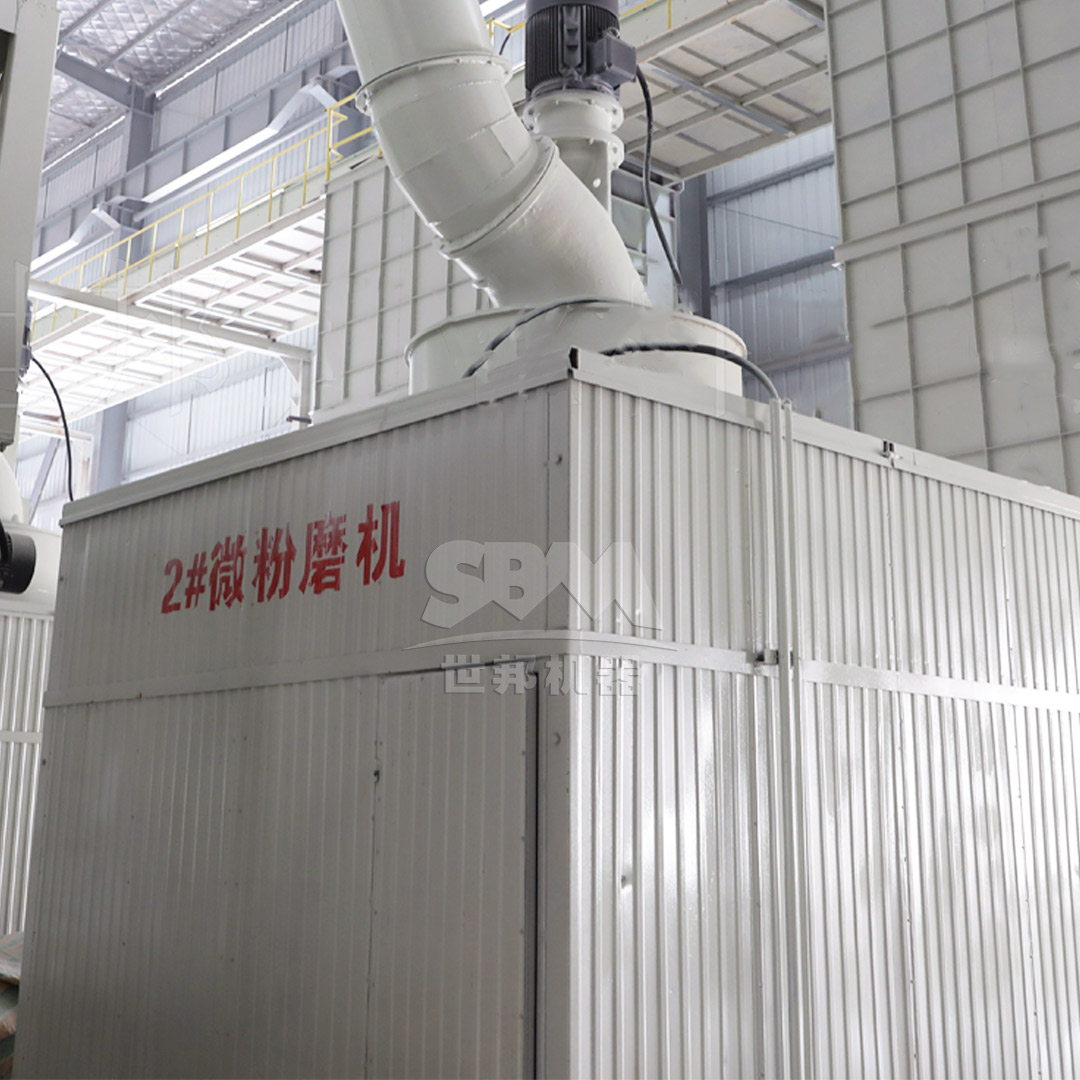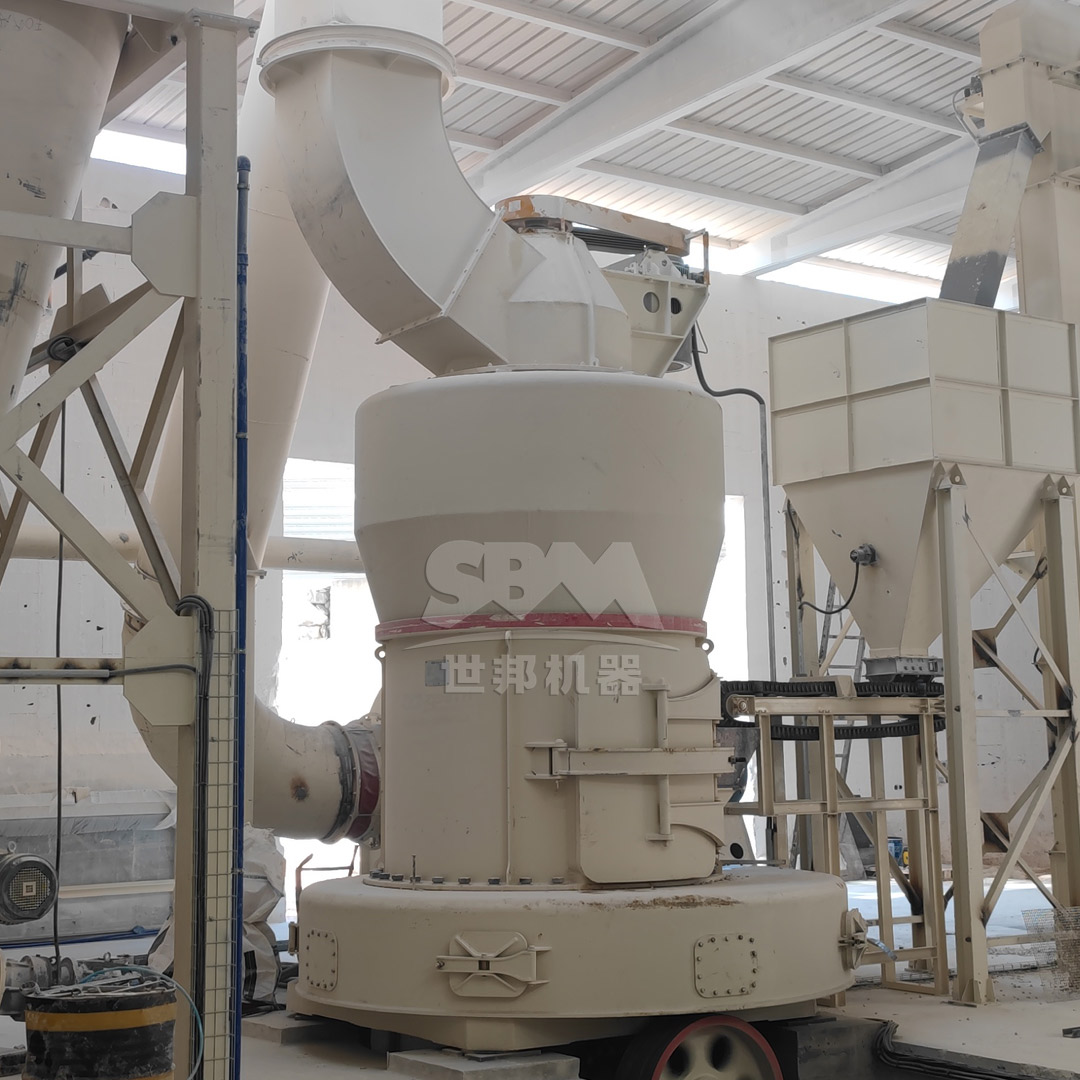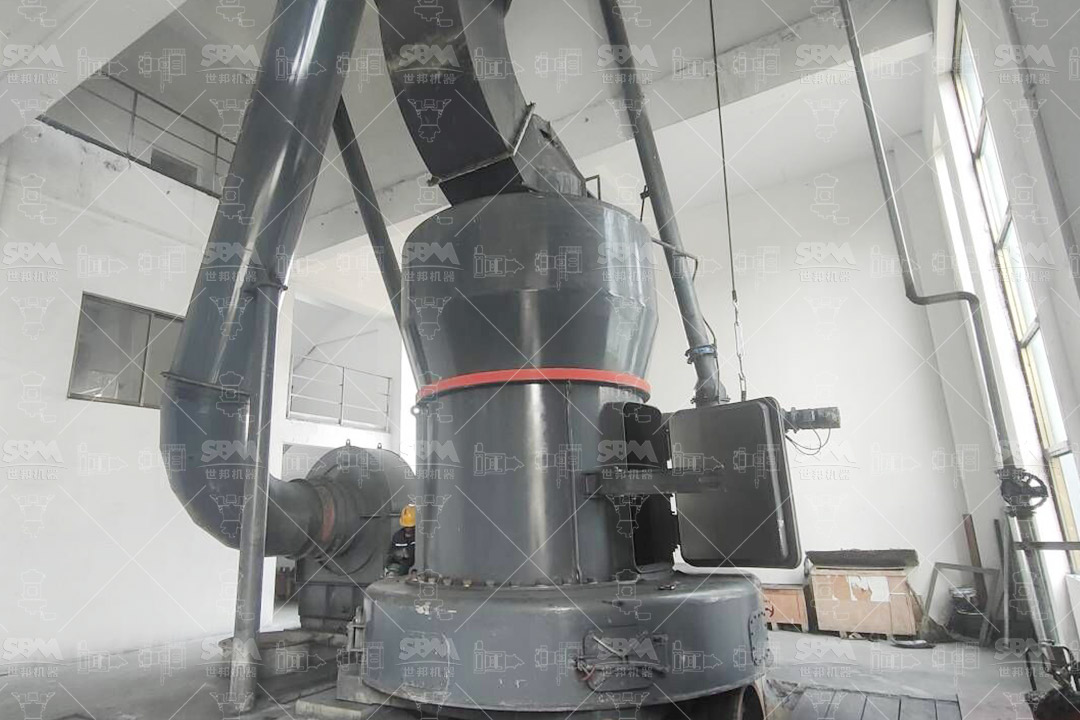Bauxite grinding is a critical step in the production of metallurgical grade alumina (MGA), which serves as the primary raw material for aluminum smelting. The efficiency and precision of the grinding process directly impact the quality of alumina, energy consumption, and overall operational costs. This article explores the technological advancements in bauxite grinding mills, focusing on optimizing particle size distribution, energy efficiency, and environmental sustainability. We will also highlight how our company’s innovative grinding solutions, such as the SCM Ultrafine Mill and MTW Series Trapezium Mill, can enhance MGA production.
Bauxite ore must be ground to a specific fineness to facilitate the subsequent Bayer process, where alumina is extracted through digestion with sodium hydroxide. The ideal particle size for bauxite grinding typically ranges from 45 to 325 mesh (approximately 5 to 45μm), as this ensures optimal reactivity and dissolution rates. Inefficient grinding can lead to poor extraction yields, increased energy usage, and higher operational expenses. Therefore, selecting the right grinding equipment is paramount for achieving high-quality MGA.
Grinding bauxite presents several challenges, including its abrasive nature, variability in ore hardness, and the need for consistent particle size distribution. Traditional ball mills, while commonly used, often suffer from high energy consumption, limited control over fineness, and significant wear and tear. Modern grinding technologies address these issues through advanced design features such as precision classification, durable materials, and intelligent control systems.
Several types of grinding mills are suitable for bauxite processing, each offering unique advantages. Among these, ultrafine mills and trapezium mills stand out for their efficiency, precision, and reliability. Our company’s SCM Ultrafine Mill and MTW Series Trapezium Mill are specifically designed to meet the demands of bauxite grinding, providing superior performance compared to conventional equipment.
The SCM Ultrafine Mill is engineered to produce fine and ultra-fine powders with a particle size range of 325-2500 mesh (D97 ≤5μm). This makes it ideal for bauxite grinding, where achieving a uniform and fine particle size is crucial for maximizing alumina recovery. Key features include:
The mill operates by driving three layers of grinding rings via a main motor. Material is dispersed into the grinding path by centrifugal force, where it is crushed and gradually refined. The final product is collected by a cyclone and pulse dust removal system.
| Model | Processing Capacity (ton/h) | Main Motor Power (kW) | Input Size (mm) | Output Fineness (mesh) |
|---|---|---|---|---|
| SCM800 | 0.5-4.5 | 75 | 0-20 | 325-2500 |
| SCM900 | 0.8-6.5 | 90 | 0-20 | 325-2500 |
| SCM1000 | 1.0-8.5 | 132 | 0-20 | 325-2500 |
| SCM1250 | 2.5-14 | 185 | 0-20 | 325-2500 |
| SCM1680 | 5.0-25 | 315 | 0-20 | 325-2500 |
For bauxite grinding, the SCM1680 model is particularly recommended due to its high capacity (up to 25 ton/h) and ability to produce ultra-fine powders that enhance the Bayer process efficiency.

The MTW Series Trapezium Mill is another excellent choice for bauxite processing, offering a output fineness of 30-325 mesh (up to 0.038mm) and handling capacities from 3 to 45 ton/h. Its advantages include:
In operation, the main motor drives grinding rollers to revolve around the central axis while rotating themselves, generating centrifugal force. Shovels throw material between the rollers and grinding ring for compression-based粉碎. A分级 system ensures precise control over product fineness.
| Model | Processing Capacity (ton/h) | Main Motor Power (kW) | Input Size (mm) | Output Fineness (mesh) |
|---|---|---|---|---|
| MTW110 | 3-9 | 55 | <30 | 10-325 |
| MTW138Z | 6-17 | 90 | <35 | 10-325 |
| MTW175G | 9.5-25 | 160 | <40 | 10-325 |
| MTW215G | 15-45 | 280 | <50 | 10-325 |
For large-scale bauxite grinding operations, the MTW215G model is highly recommended, offering up to 45 ton/h capacity and robust performance for consistent particle size distribution.

To achieve optimal results in alumina production, it is essential to fine-tune grinding parameters such as feed size, grinding pressure, and classifier speed. Our mills are equipped with intelligent control systems that allow real-time monitoring and adjustment, ensuring consistent product quality. For bauxite, a target fineness of 200-325 mesh is often ideal, balancing reactivity and energy consumption.
Modern grinding mills like the SCM and MTW series significantly reduce energy usage compared to traditional ball mills. For instance, the SCM mill’s energy consumption is 30% lower than jet mills, while the MTW mill’s efficient transmission system minimizes power losses. These savings translate to lower production costs and a reduced carbon footprint, aligning with sustainable manufacturing practices.
A recent installation of our SCM1680 Ultrafine Mill in a bauxite processing facility demonstrated remarkable improvements. The mill achieved a consistent output of 20 ton/h with a fineness of 2500 mesh, enhancing the Bayer process efficiency by 15%. Energy consumption was reduced by 25%, and maintenance intervals extended due to the durable design. This case highlights the practical benefits of adopting advanced grinding technology for MGA production.

Optimizing bauxite grinding is crucial for efficient metallurgical grade alumina production. Advanced mills like the SCM Ultrafine Mill and MTW Series Trapezium Mill offer superior precision, energy efficiency, and durability, addressing the challenges of traditional grinding methods. By integrating these technologies, producers can achieve higher alumina yields, lower operational costs, and improved environmental performance. We encourage industry professionals to explore our grinding solutions to enhance their MGA production processes.